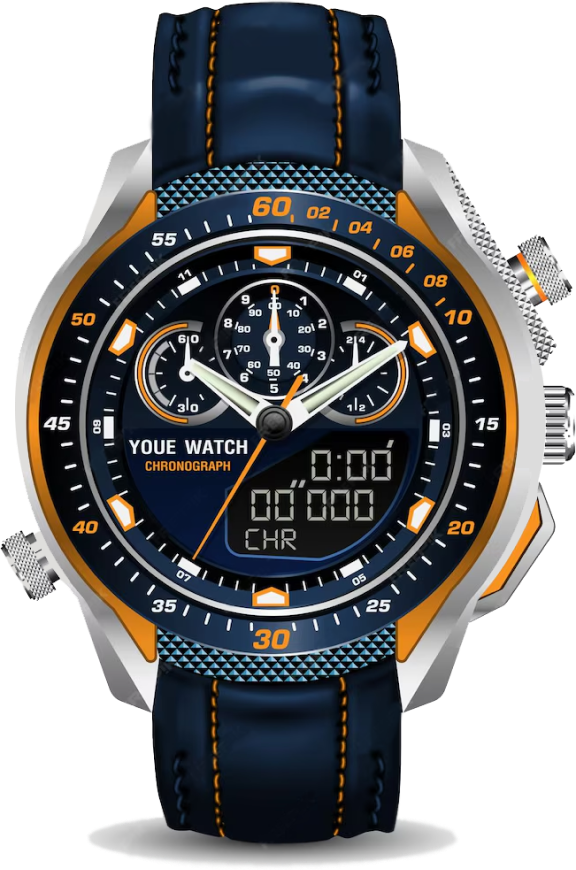No products in the cart.
FAQ's
Frequently Asked Questions

When do UV rays affect my eyes?
The sun's rays are strongest between 10 a.m. and 2 p.m., but that's not the only time UV rays can harm your eyes.
Glare and reflections can give you trouble too, so have your sunglasses ready if you'll be around snow, water or sand, or if you'll be driving (windshields are a big glare source).
Do certain medical problems increase my risk for damage from UV rays?
Yes. People with cataracts (and those who have had cataract surgery), macular degeneration or retinal dystrophies should be extra careful.
What are my options to prevent UV damage to my eyes?
Wearing sunglasses that block 100 percent of UV rays is the best way to protect your eyes from the sun.
Some contact lenses provide UV protection, they don't cover your whole eye, so you still need sunglasses.
Also, you may want to consider wraparound sunglasses to prevent harmful UV rays from entering around the frame.
Do I need to worry about infrared rays?
Infrared (IR) rays are located just past the red portion of the visible light spectrum. Though infrared radiation produces heat (“heat lamps” that keep food warm in restaurants emit IR rays), most experts agree that the sun's infrared radiation does not pose danger to the eyes.
Which sunglass lens color is best?
Lens color s a personal choice and doesn't affect how well sunglass lenses protect your eyes from UV light. Gray and brown are popular because they distort color perception the least.
Athletes often prefer other tints for their contrast-enhancing properties. For example, yellow lenses are popular with skiers and target shooters because they work well in low light, reduce haze and increase contrast for a sharper image.





